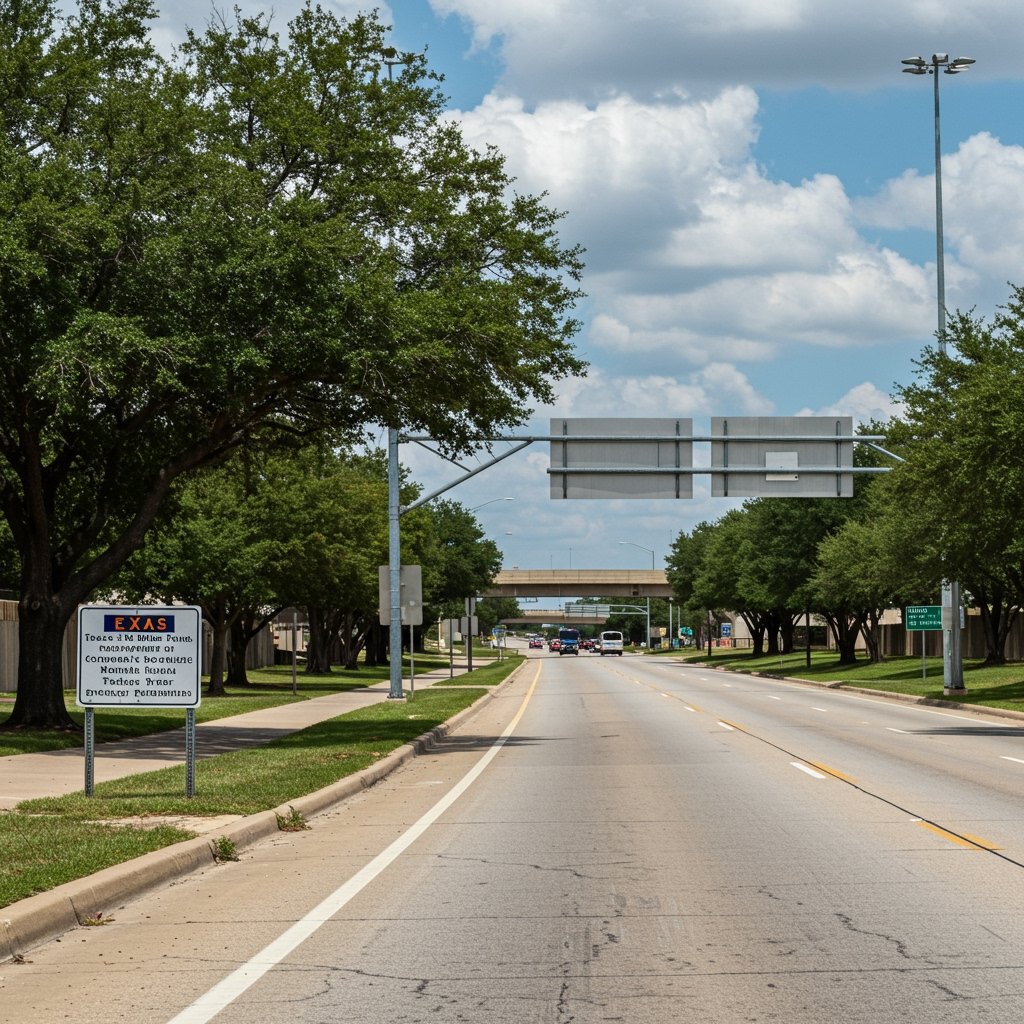Texas’ $5 Billion Infrastructure Fund Rollout Sparks Regional Debate
Implementation details for the monumental $5 billion Texas Infrastructure Fund, a critical initiative created by House Bill 1 (HB 1) during the 89th Legislative Session, are now under intense scrutiny across the state. This fund, designed to address pressing infrastructure needs, was approved following legislative action in late May 2025. The State Comptroller’s office, tasked with the initial phase of allocation guidance, released its preliminary criteria on June 7th, a move that has immediately ignited significant debate and regional friction.
The criteria, as unveiled on June 7th, outline a prioritization framework that appears to favor projects located in Texas’ major metropolitan areas and along the state’s expansive border. Specifically, the initial guidelines signal a focus on dense urban centers such as Houston and the Dallas-Fort Worth metroplex, alongside infrastructure needs pertinent to border regions. This prioritization strategy, while potentially addressing high-traffic areas and critical security/trade corridors, has not been universally welcomed.
Initial Criteria and Prioritization Focus
The decision by the State Comptroller’s office to prioritize major metroplexes like Houston and Dallas-Fort Worth stems, in part, from the immense population density and economic activity concentrated in these regions. Infrastructure demands, particularly related to transportation, water systems, and utility networks, are often highest in these rapidly growing urban cores. Addressing bottlenecks and capacity issues in these areas is argued by some to yield the greatest economic return and impact the largest number of Texans. Simultaneously, the inclusion of the border region reflects ongoing needs related to security, trade logistics, and humanitarian infrastructure, areas that have received heightened attention in recent years.
The release of these specific criteria on June 7th marked a pivotal moment in the fund’s rollout, transitioning from legislative authorization to practical implementation planning. The Comptroller’s office emphasized that these were initial guidelines, intended to provide a framework for project submissions and evaluations. However, the clarity of the prioritization has immediately drawn lines in the sand regarding how the $5 billion is expected to be distributed.
Rural Concerns Emerge Over Allocation Guidelines
Almost immediately following the June 7th announcement, significant pushback began to mount from rural Texas counties and their elected representatives. Leaders from these smaller communities argue that the Comptroller’s initial criteria could inadvertently, or perhaps intentionally, leave them behind despite the clear statewide mandate and the pressing infrastructure needs that exist far beyond the major cities and the border. Rural areas across Texas face their own set of critical infrastructure challenges, including aging and inadequate roads, insufficient access to reliable water and wastewater systems, limited broadband connectivity, and deteriorating public facilities.
Representatives from these regions contend that focusing the bulk of the $5 billion fund primarily on large metroplexes and border projects neglects the fundamental infrastructure requirements necessary for the viability and economic health of rural communities. They argue that while urban congestion and border security are vital concerns, the prosperity and quality of life for millions of Texans residing in rural counties depend equally, if not more directly, on improvements to local infrastructure. The argument posits that a truly statewide fund, approved with broad support during the 89th Legislative Session, should ensure equitable access and proportional investment across all regions, not just those deemed priority areas in the initial guidelines.
Concerns have been voiced regarding the potential for project scoring mechanisms to disproportionately favor large-scale, high-cost projects typical of urban environments, potentially sidelining smaller, yet critically important, projects needed in rural areas. This disparity, critics argue, could widen the existing infrastructure gap between urban and rural Texas, hindering economic development and access to essential services in smaller communities.
The Debate Over Equitable Access and The Path Forward
The current debate underscores a fundamental tension in infrastructure funding: how to balance investment for maximum economic impact in growth centers with the need to ensure basic infrastructure access and quality of life across the entire state. Rural advocates are calling for a reconsideration of the allocation criteria, urging the State Comptroller’s office and potentially the legislature to incorporate mechanisms that ensure a more equitable distribution of the $5 billion fund.
Discussions are growing over potential revisions to the initial guidelines. These proposed revisions could include setting aside a specific percentage of funds for rural projects, adjusting scoring criteria to better evaluate the impact of smaller-scale projects, or creating a separate application track for rural infrastructure needs. The goal for these advocates is to ensure that the $5 billion, approved in late May 2025 as a resource for all Texans, truly benefits communities of all sizes.
Legislators representing rural districts are engaging with the Comptroller’s office and with their colleagues to highlight the unique needs of their constituents and advocate for changes to the proposed framework. They stress that addressing rural infrastructure is not just a matter of local concern but is vital for the overall economic and social fabric of Texas. The effectiveness and perceived fairness of the Texas Infrastructure Fund’s implementation hinge on how these regional disparities and concerns are addressed in the coming weeks and months.
As the State Comptroller’s office continues to refine the application and evaluation process, the input from various stakeholders, particularly those from rural Texas, will be crucial. The debate over project prioritization for the $5 billion fund is set to continue, shaping the future of infrastructure development across the Lone Star State and determining whether the benefits of this significant investment reach every corner of Texas.






